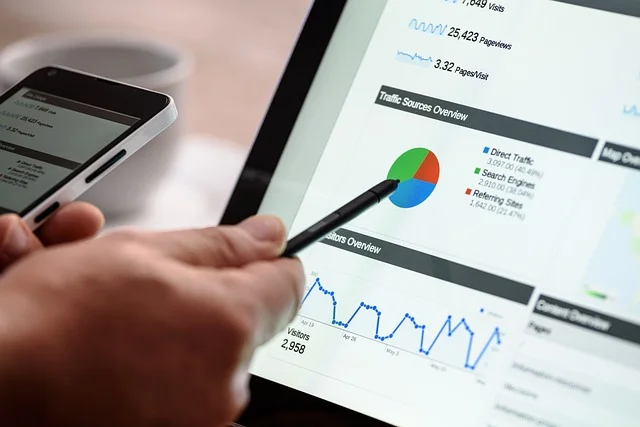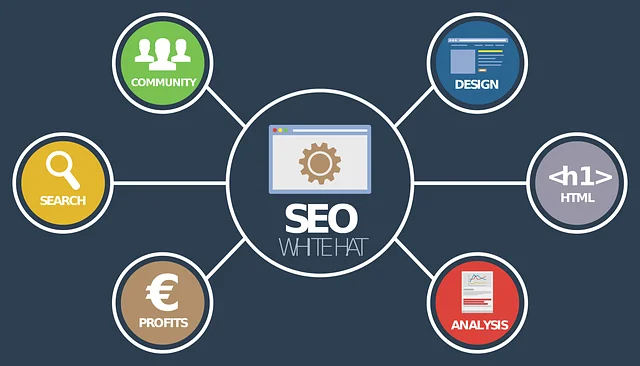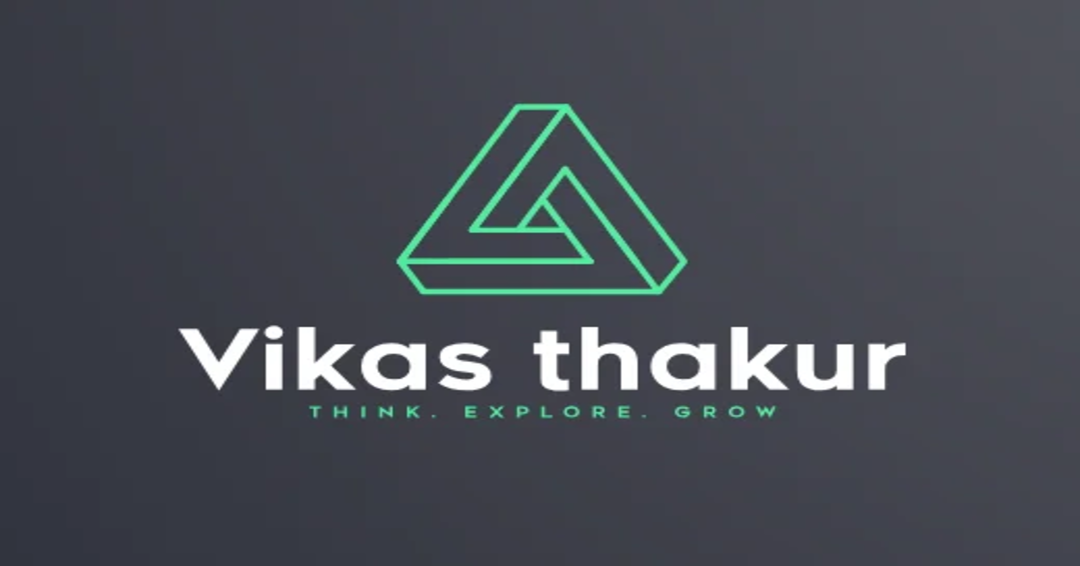
In the ever-evolving landscape of digital marketing, mastering on-page SEO techniques is crucial for enhancing your website’s visibility and driving organic traffic. Understanding the fundamentals of on-page SEO, its distinction from off-page SEO, and its importance sets the foundation for implementing effective strategies to improve your website’s search engine ranking. Let’s delve into the intricacies of on-page SEO and explore advanced tactics to propel your website to the forefront of search engine results pages (SERPs).
Table of Contents
What Is On-Page SEO?
On-page SEO revolves around optimizing individual web pages to rank higher and earn relevant traffic in search engines. Unlike off-page SEO, which focuses on external factors like backlinks and social signals, on-page SEO pertains to factors directly controlled by website owners to enhance user experience and signal relevance to search engines.
On-Page SEO vs. Off-Page SEO
While both on-page and off-page SEO are essential components of a comprehensive SEO strategy, they differ in their scope and focus. On-page SEO primarily deals with optimizing content, HTML source code, and site architecture, while off-page SEO involves activities like link building and social media engagement to improve a website’s authority and reputation.
Why Is On-Page SEO Important?

On-page SEO lays the groundwork for search engines to understand the relevance and context of your web pages. By optimizing on-page elements, you make it easier for search engine crawlers to index your content accurately, resulting in improved visibility and higher rankings. Furthermore, effective on-page SEO enhances user experience, leading to lower bounce rates and increased engagement.
9 On-Page SEO Techniques for Your Website
Place Target Keywords Strategically
Conduct thorough keyword research and strategically place target keywords in your content, headings, and meta tags without compromising readability. Additionally, utilize long-tail keywords and semantic variations to capture a wider range of search queries and increase your website’s visibility.
Write Keyword-Rich Title Tags
Craft compelling title tags that not only incorporate primary keywords but also entice users to click through to your website. Keep title tags concise yet descriptive, accurately reflecting the content of the page while incorporating relevant keywords in a natural manner.
Write Click-Worthy Meta Descriptions

Create enticing meta descriptions that not only summarize the content of your web page but also include relevant keywords to improve search engine visibility. A well-crafted meta description can significantly impact click-through rates by compelling users to choose your website over competitors in the search results.
Use Headings and Subheadings to Structure Your Page
Organize your content using headings (H1, H2, H3, etc.) to improve readability and help search engines understand the hierarchy of information. Incorporate primary and secondary keywords in headings and subheadings to signal the relevance of your content to search engines and users.
Optimize URLs
Create clean and concise URLs that include relevant keywords and accurately reflect the content of the page. Avoid using dynamic parameters or unnecessary characters in URLs, and utilize hyphens to separate words for improved readability and SEO friendliness.
Strategically Add Internal Links
Incorporate internal links to other relevant pages within your website to facilitate navigation and distribute link equity. When adding internal links, use descriptive anchor text containing relevant keywords to provide context to both users and search engines about the linked content.
Add External Links to Authoritative Sources
Enhance the credibility of your content by including outbound links to authoritative sources that support your claims or provide additional context. When linking to external sources, ensure they are reputable and relevant to your content, as this can contribute to your website’s trustworthiness in the eyes of both users and search engines.
Include and Optimize Images
Optimize images by using descriptive filenames and alt tags containing relevant keywords to improve accessibility and enhance SEO. Additionally, compress images to reduce file size and improve page loading speed, which is a crucial factor for both user experience and search engine rankings.
Create High-Quality Content: Produce informative, engaging, and relevant content that addresses the needs and interests of your target audience. In addition to incorporating target keywords naturally throughout your content, focus on providing valuable information, solving problems, and answering questions to establish your website as a go-to resource in your niche.
Advanced On-Page SEO Tactics
Optimize for Page Speed
Improve your website’s loading speed by optimizing images, leveraging browser caching, and minifying CSS and JavaScript files to enhance user experience and SEO performance. Utilize tools like Google PageSpeed Insights to identify and address performance issues that may impact your website’s speed and mobile-friendliness.
Target Featured Snippets
Craft content that answers specific questions concisely to increase the likelihood of appearing in featured snippets, providing enhanced visibility and driving organic traffic. Structure your content using lists, tables, and bullet points to increase the chances of being featured as a rich snippet in search results.
Add Schema Markup
Implement structured data markup (schema.org) to provide search engines with additional context about your content, increasing the chances of rich snippets and improving SERP visibility. Utilize schema markup to highlight key information such as product details, reviews, events, and FAQ sections to enhance your website’s appearance in search results and attract more clicks.
Implement Proven On-Page SEO Techniques
Continuously monitor and refine your on-page SEO strategies based on industry best practices and algorithm updates to maintain and improve your website’s search engine rankings. Stay updated on the latest trends and developments in on-page SEO, and adapt your strategies accordingly to remain competitive in the ever-evolving digital landscape.
Mobile Optimization

In today’s mobile-first era, optimizing your website for mobile devices is imperative for on-page SEO success. Ensure your website is responsive and provides a seamless user experience across various devices and screen sizes. Mobile optimization not only improves user engagement but also signals to search engines that your website is user-friendly and deserving of higher rankings.
User Experience Enhancement
Prioritize user experience (UX) in your on-page SEO efforts by focusing on factors such as page layout, navigation, and accessibility. A well-designed website that is easy to navigate and visually appealing not only keeps visitors engaged but also encourages them to explore further, reducing bounce rates and improving dwell time, both of which are positive signals for search engine rankings.
Technical SEO Considerations
Beyond content optimization, technical aspects play a crucial role in on-page SEO. Ensure your website is crawlable by search engine bots by addressing issues such as broken links, duplicate content, and proper canonicalization. Additionally, optimize your website’s structure and navigation for search engine crawlers to effectively index your content.
Content Freshness and Updates

Regularly updating and refreshing your website’s content signals to search engines that your website is active and relevant. Incorporate a content update schedule to ensure your website stays current with industry trends and developments. Fresh content not only attracts returning visitors but also encourages search engine crawlers to revisit your website more frequently, leading to improved indexing and rankings.
Conclusion
Mastering on-page SEO requires a combination of technical expertise, content optimization, and continuous refinement. By implementing these on-page SEO techniques and staying abreast of industry trends, you can elevate your website’s visibility, drive organic traffic, and achieve sustainable growth in the competitive digital landscape. Remember, on-page SEO is an ongoing process that requires regular monitoring and adaptation to ensure your website remains relevant and competitive in the ever-changing digital ecosystem.
